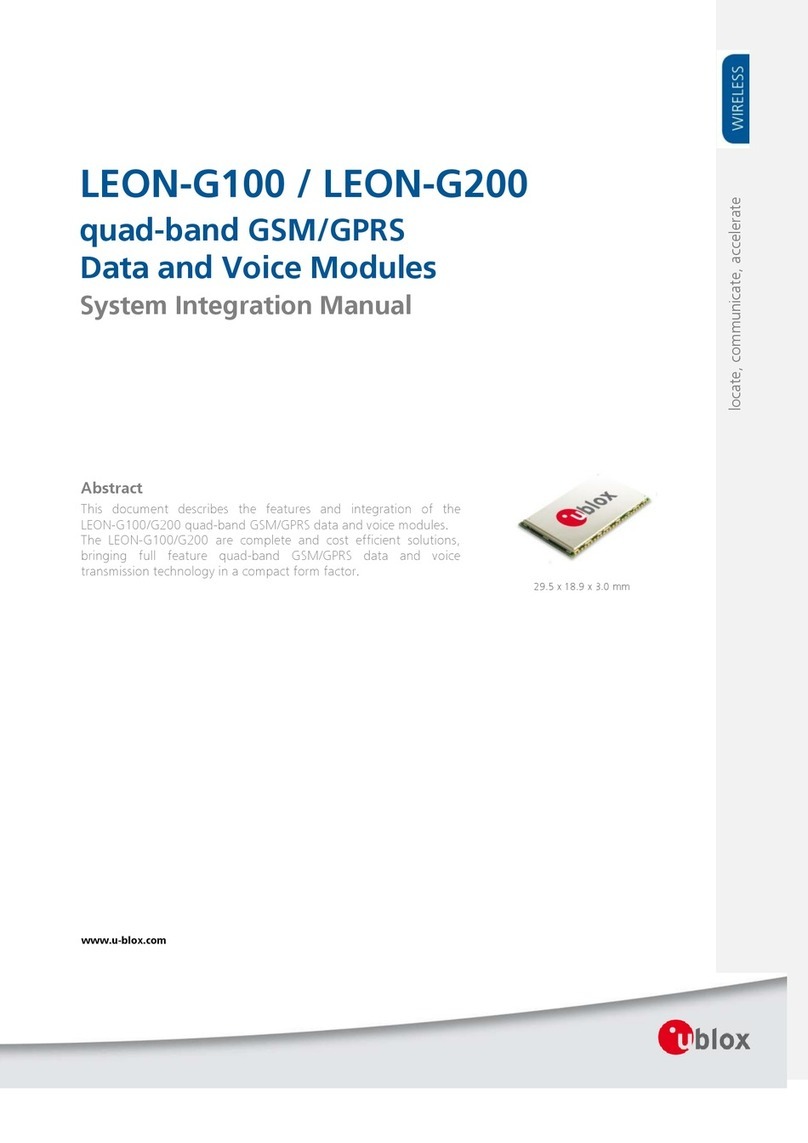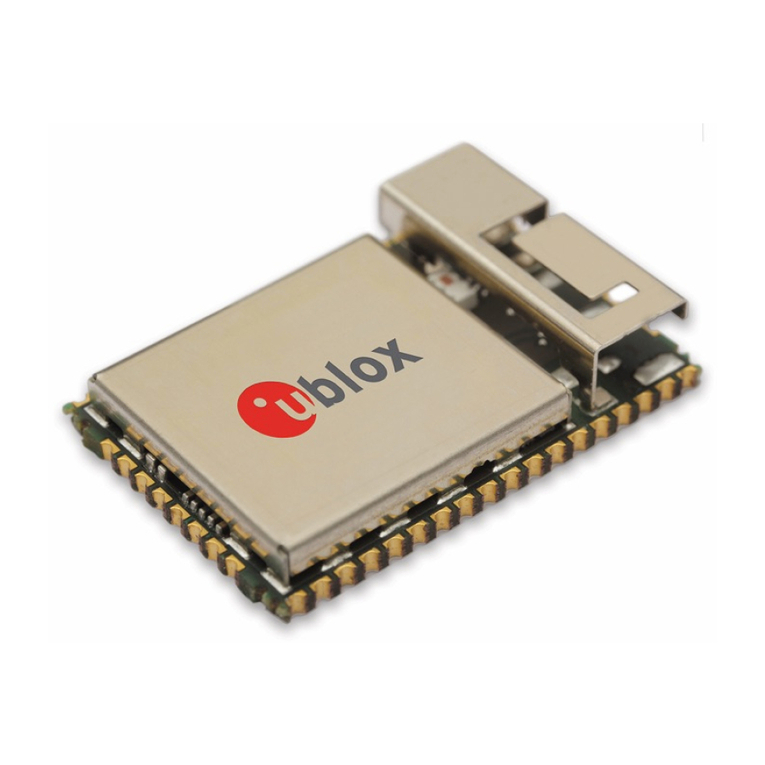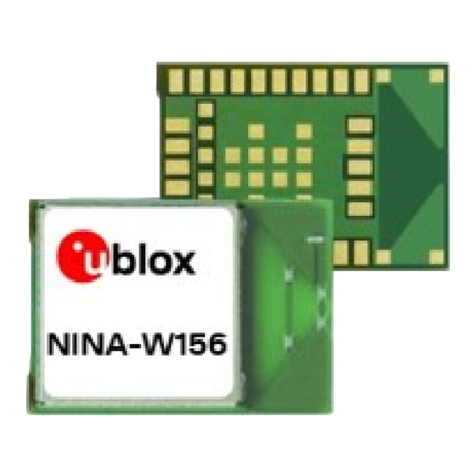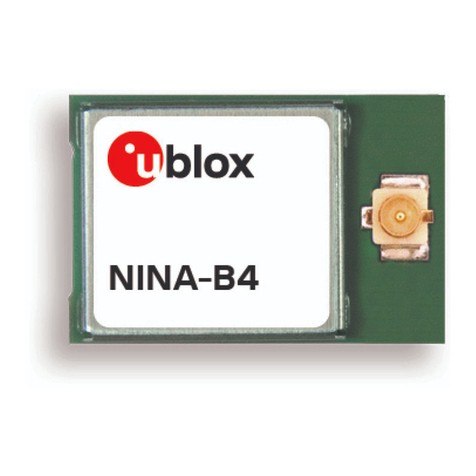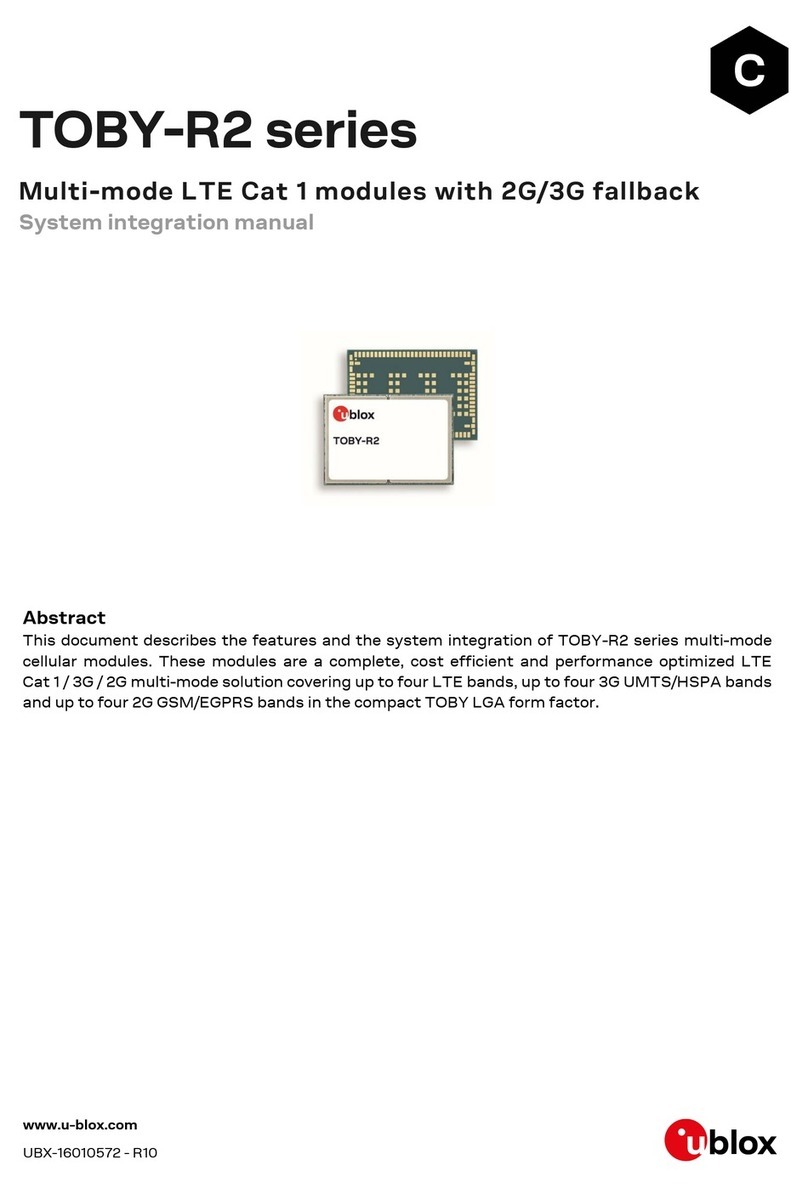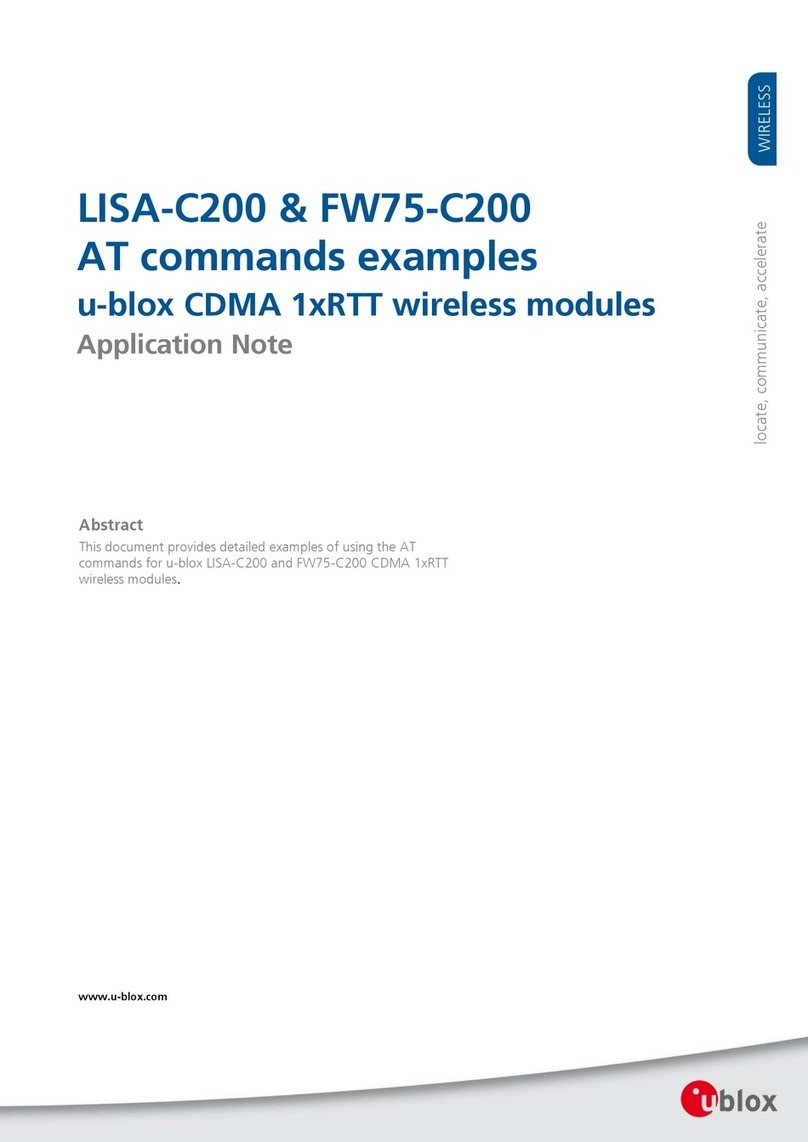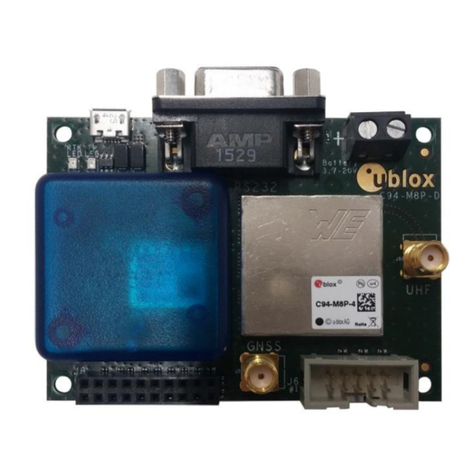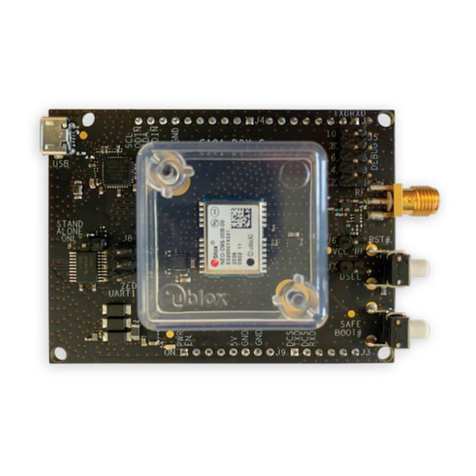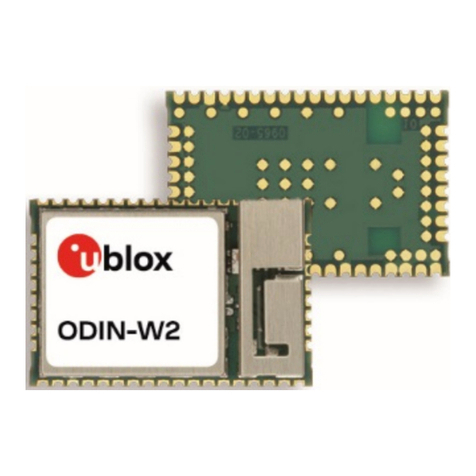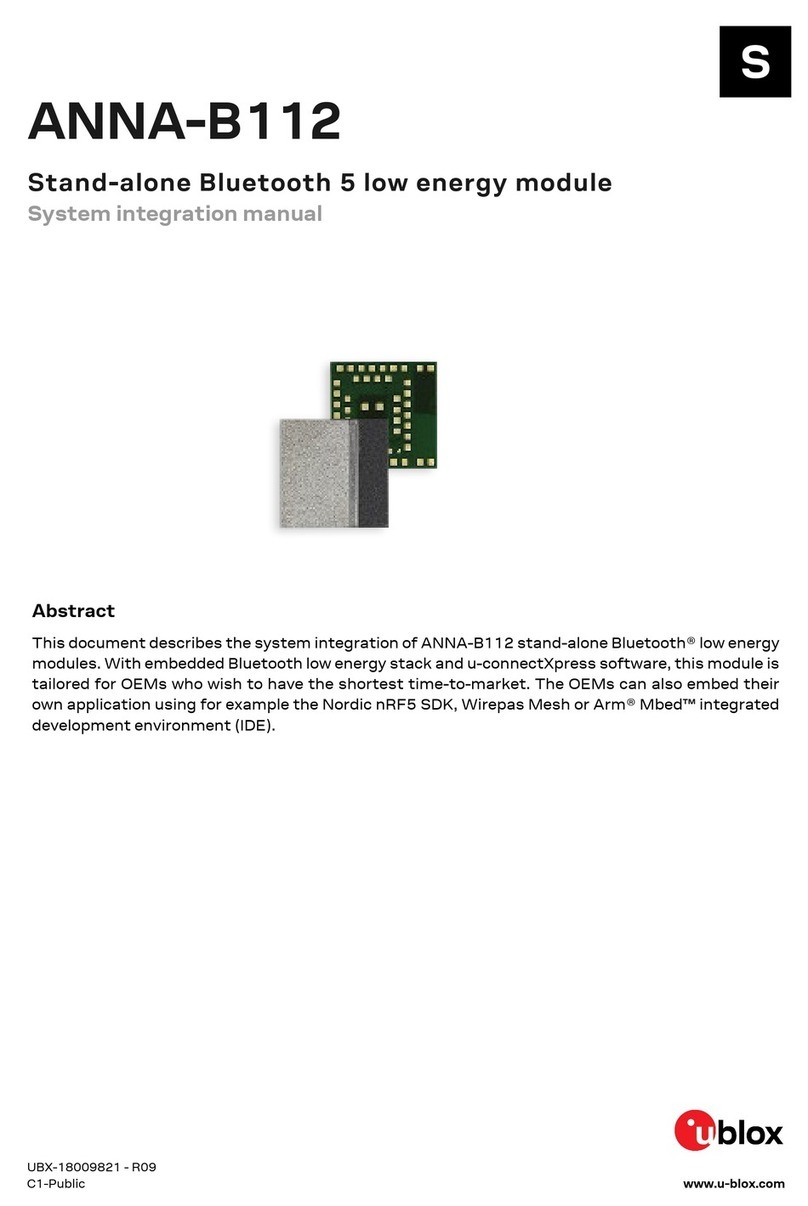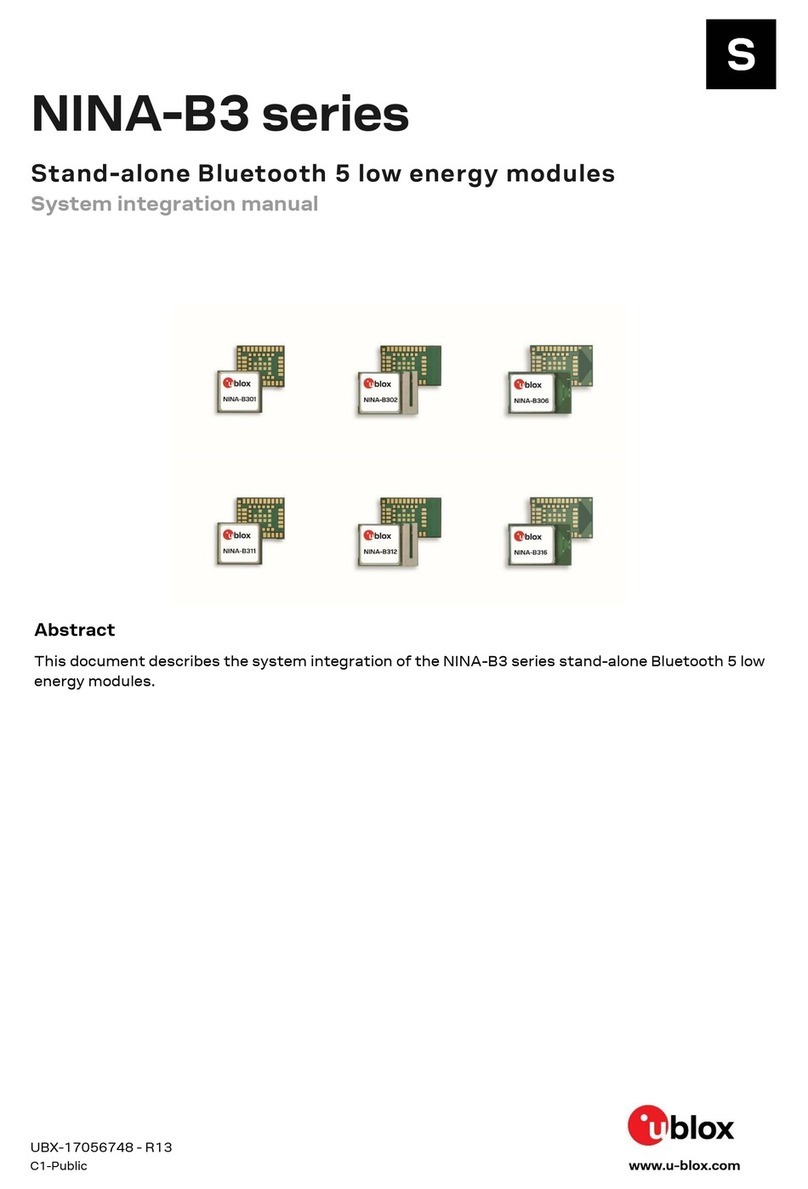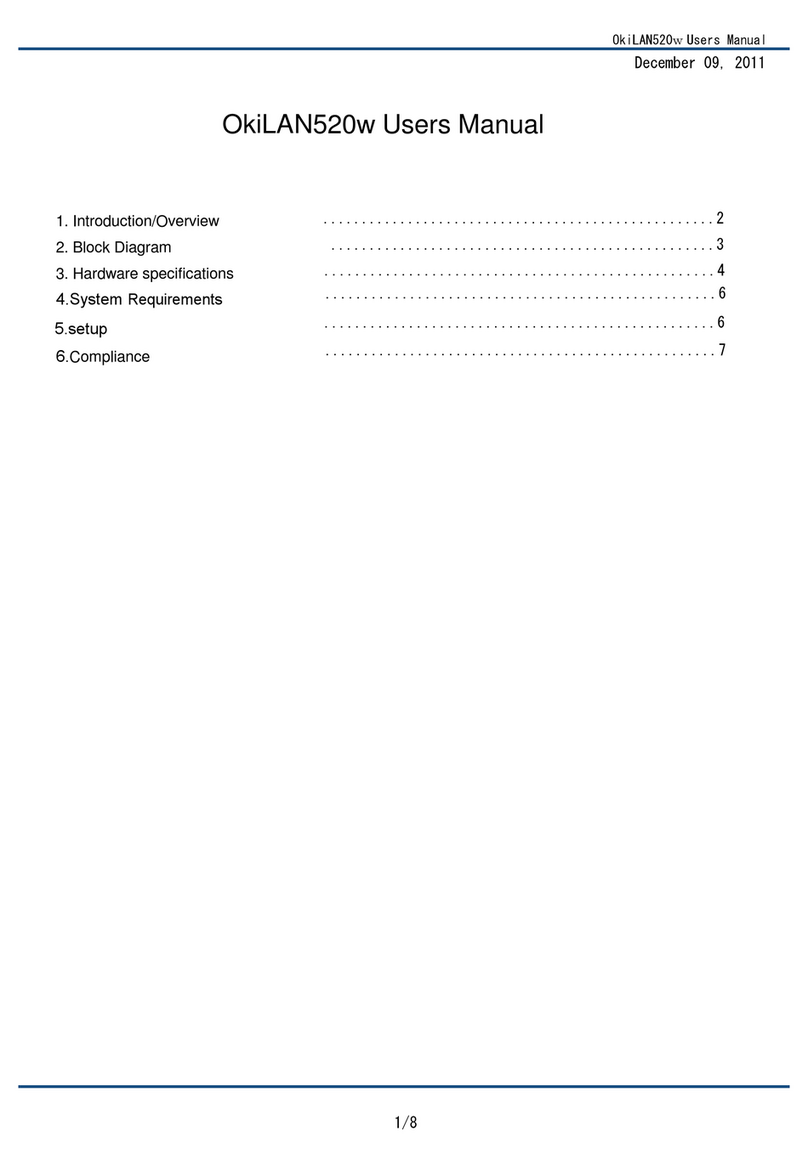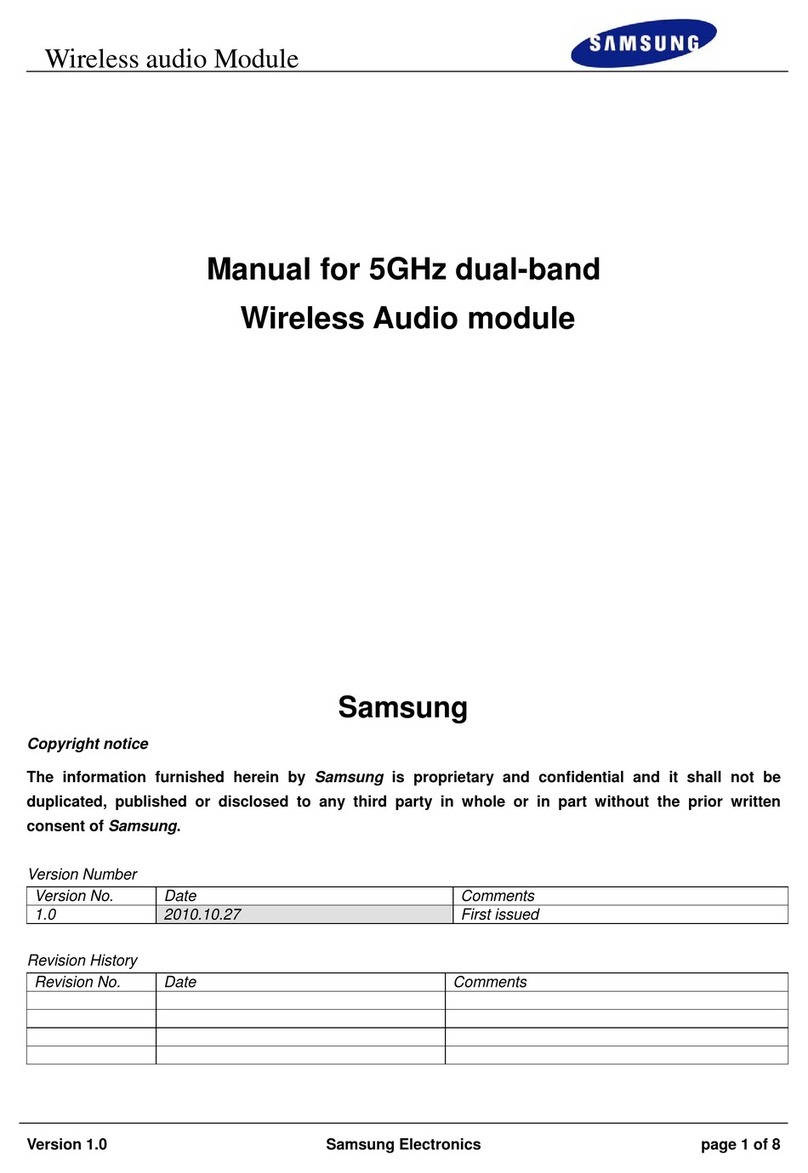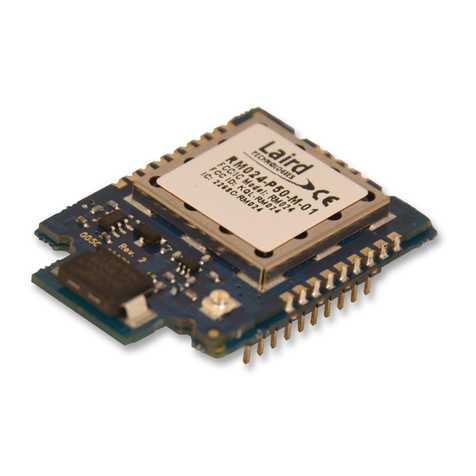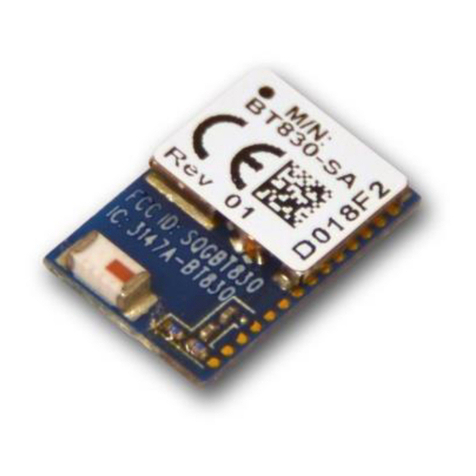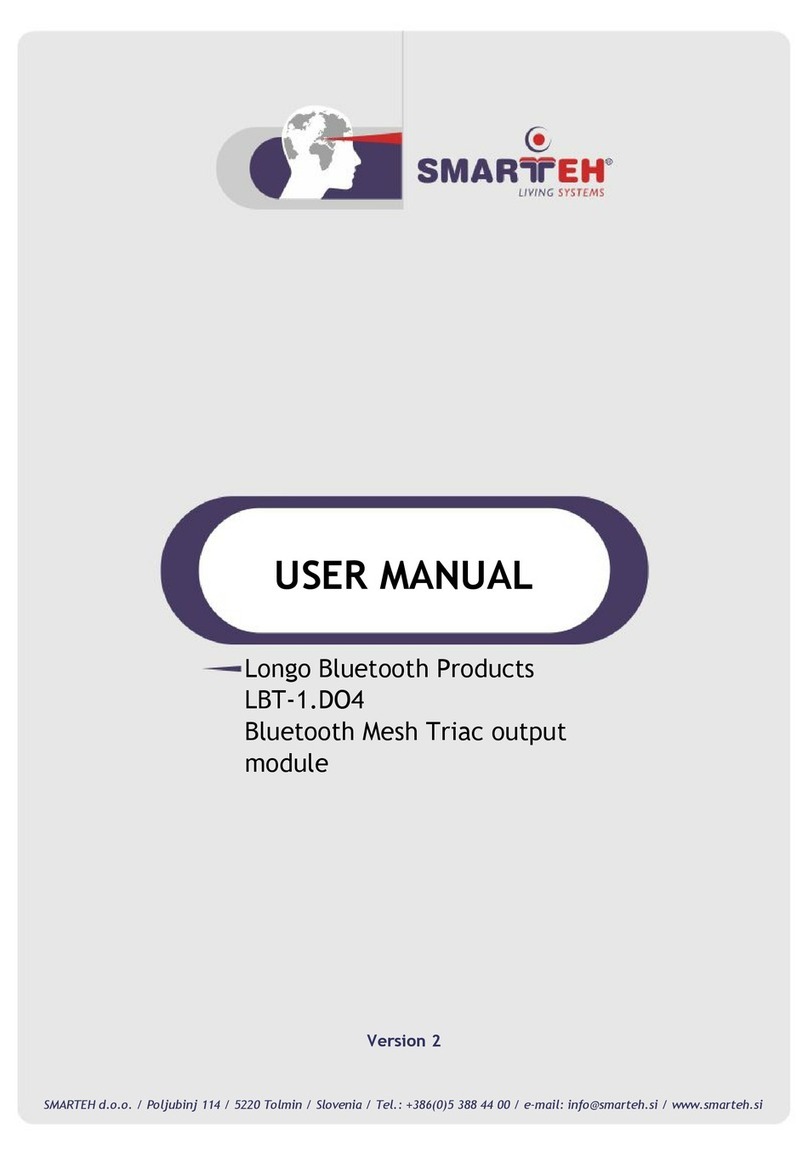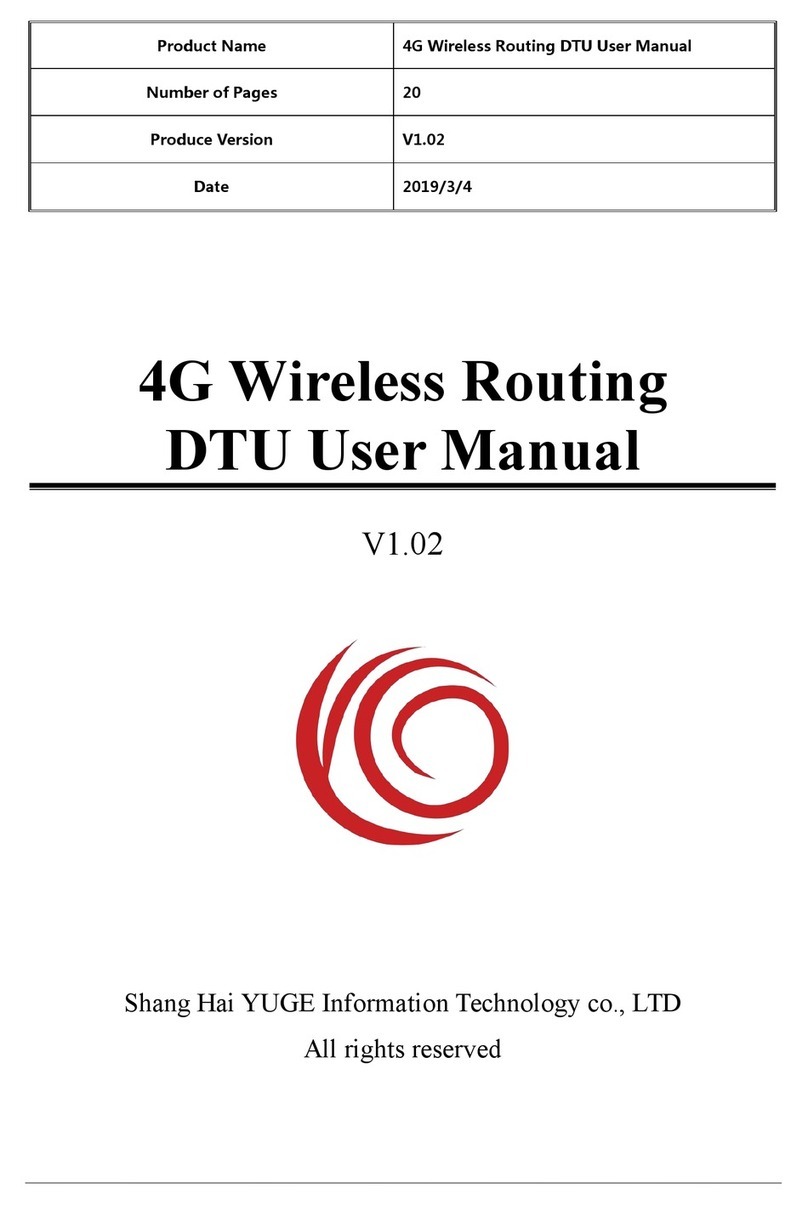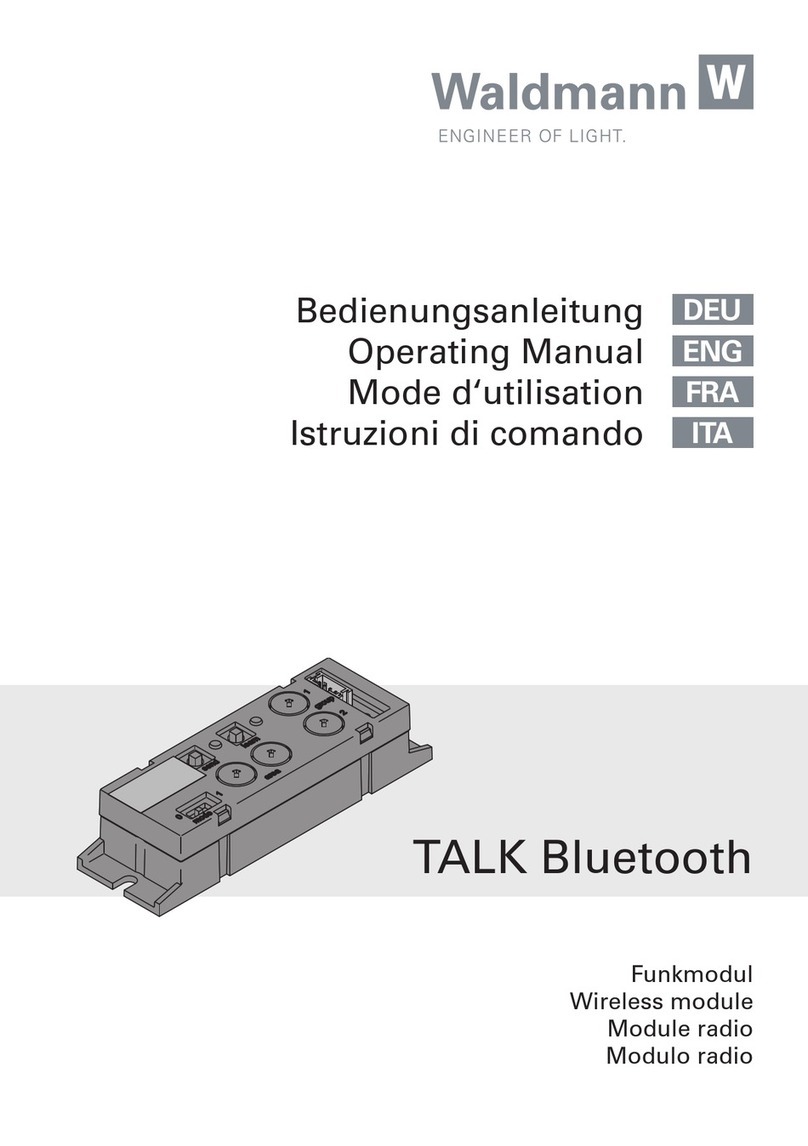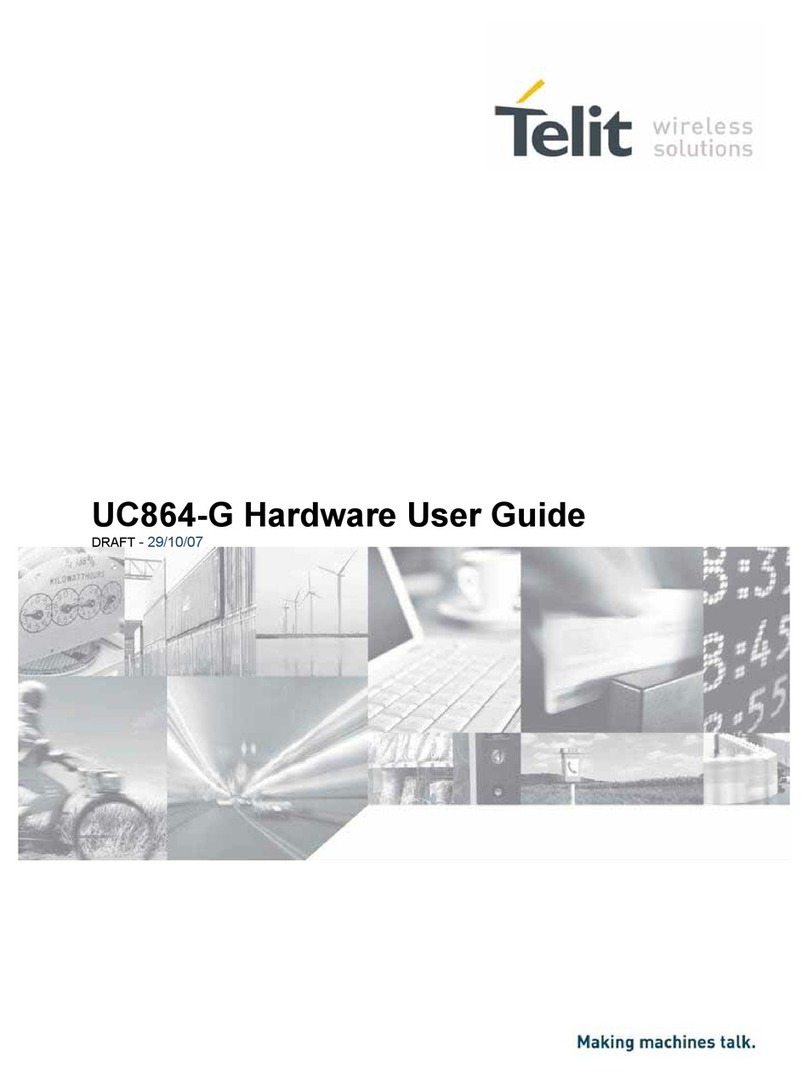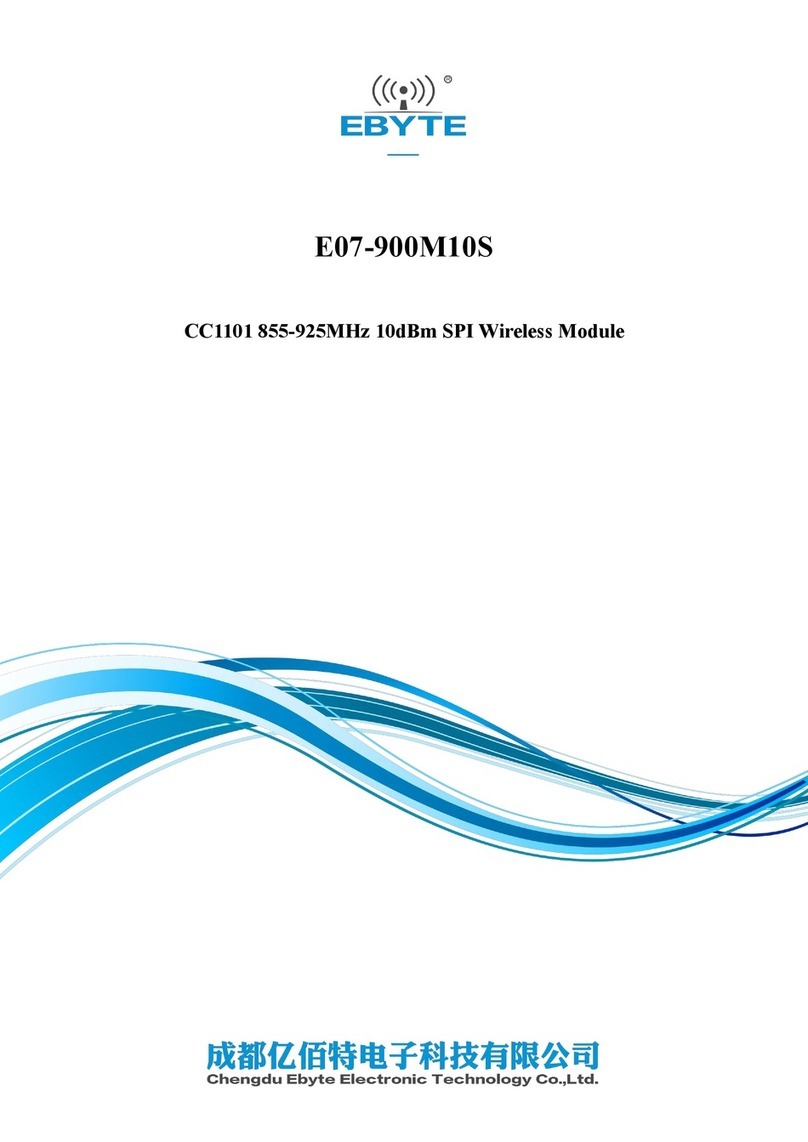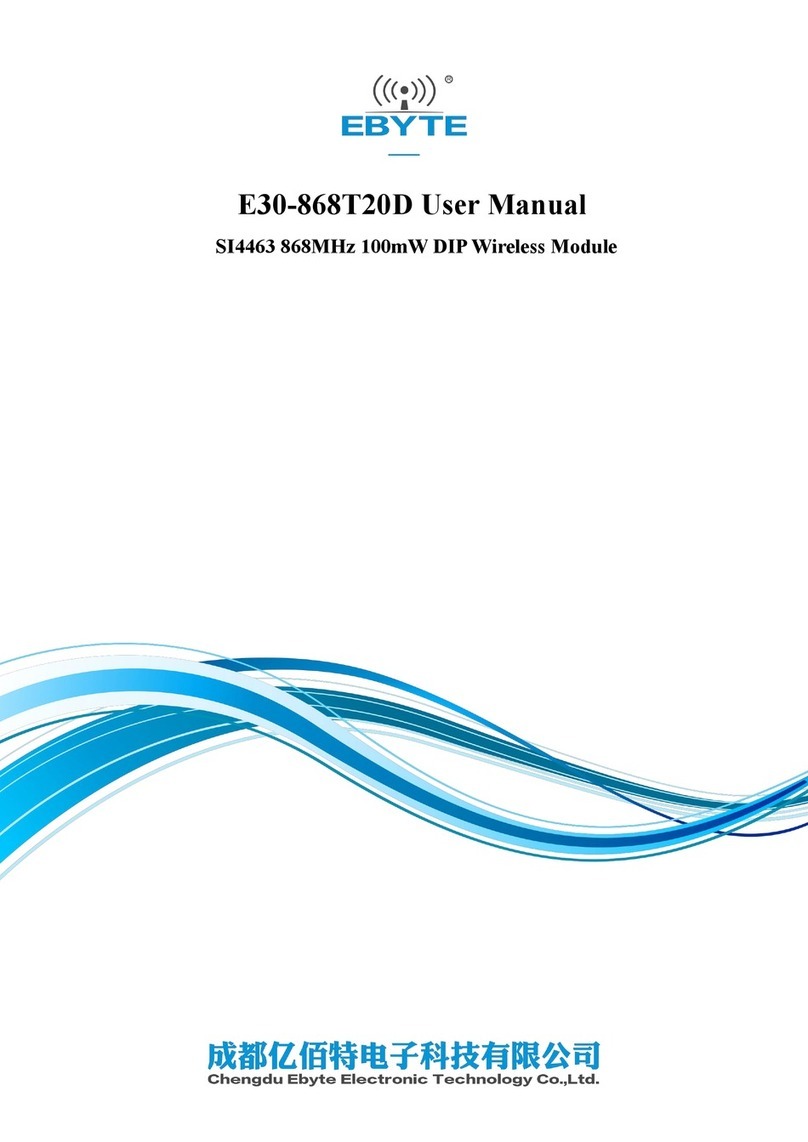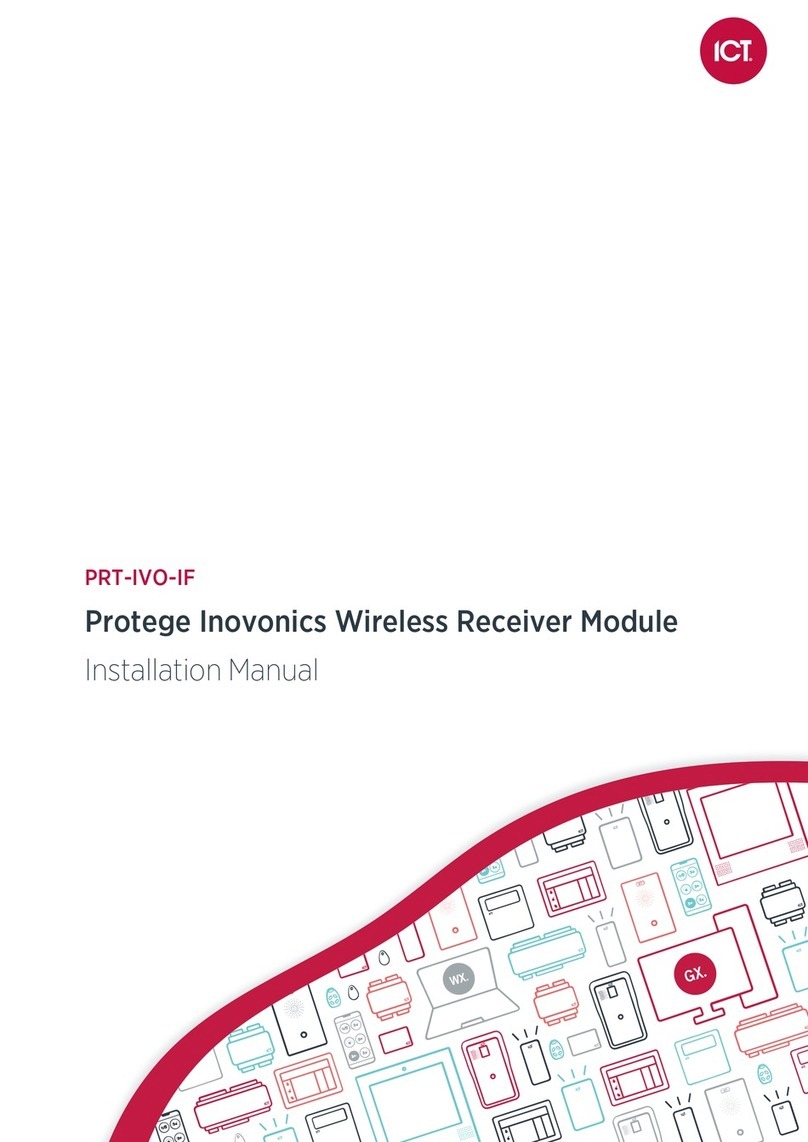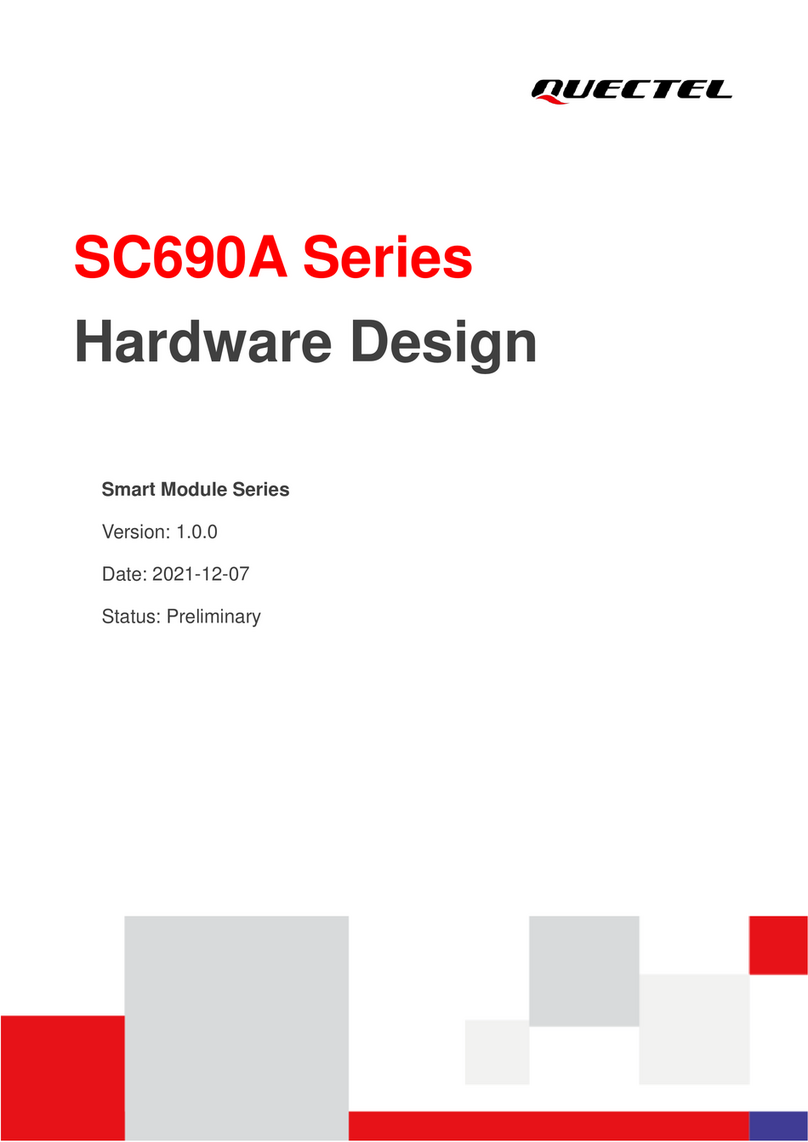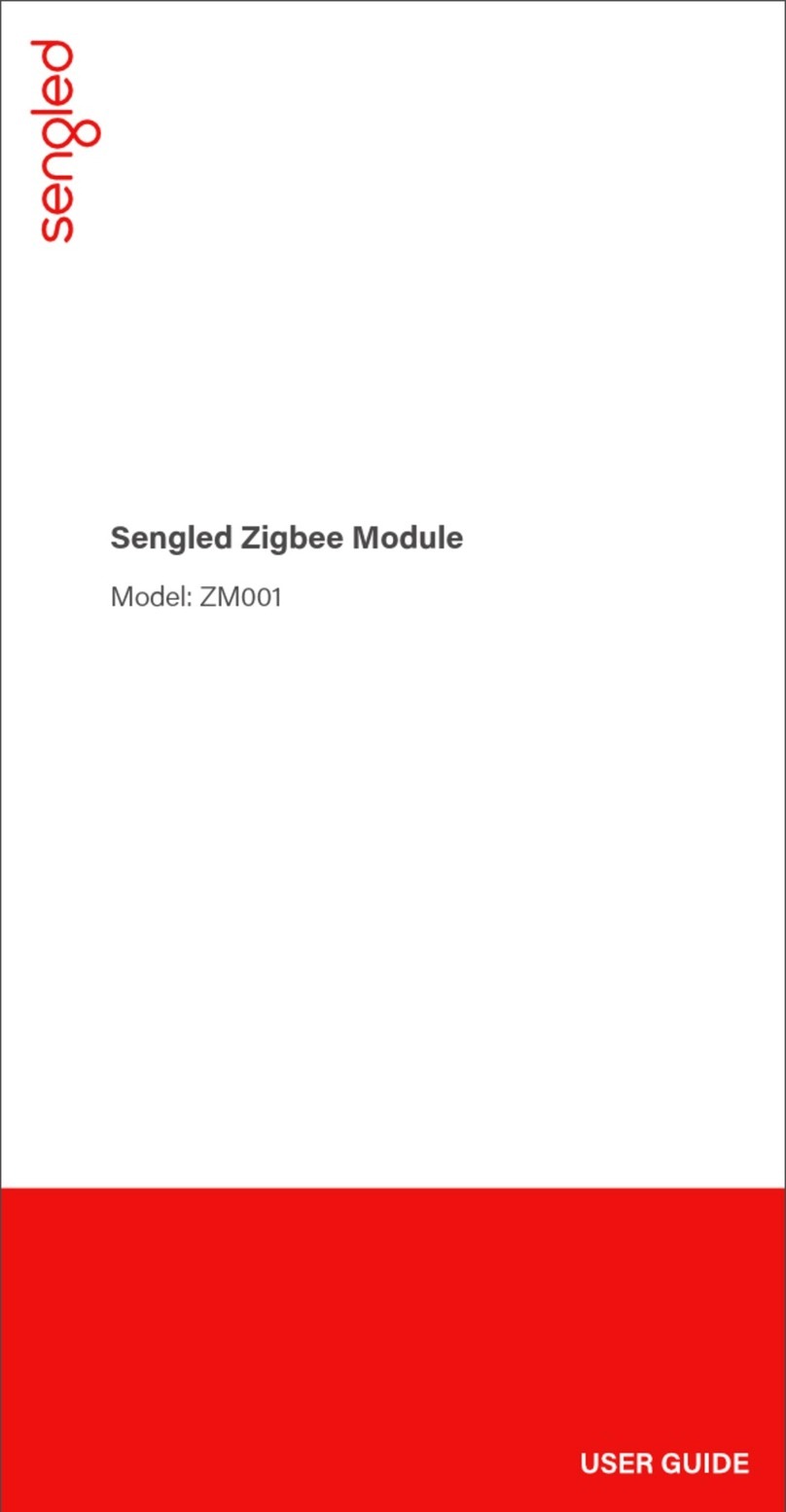
LISA-U1 series - System Integration Manual
3G.G2-HW-10002-3 Preliminary Contents
Page 5 of 125
1.15 Approvals........................................................................................................................................ 85
1.15.1 R&TTED and European Conformance CE mark ............................................................................ 85
1.15.2 IC ................................................................................................................................................ 85
1.15.3 Federal communications commission notice ................................................................................ 85
2Design-In.....................................................................................................................88
2.1 Design-in checklist .............................................................................................................................. 88
2.1.1 Schematic checklist ..................................................................................................................... 88
2.1.2 Layout checklist........................................................................................................................... 88
2.1.3 Antenna checklist ........................................................................................................................ 89
2.2 Design Guidelines for Layout .............................................................................................................. 90
2.2.1 Layout guidelines per pin function............................................................................................... 90
2.2.2 Footprint and paste mask ............................................................................................................ 99
2.2.3 Placement ................................................................................................................................. 100
2.3 Thermal aspects................................................................................................................................ 101
2.4 Antenna guidelines........................................................................................................................... 102
2.4.1 Antenna termination ................................................................................................................. 103
2.4.2 Antenna radiation ..................................................................................................................... 104
2.4.3 Antenna detection functionality ................................................................................................ 105
2.5 ESD immunity test precautions ......................................................................................................... 108
2.5.1 General precautions .................................................................................................................. 109
2.5.2 Antenna interface precautions................................................................................................... 110
2.5.3 Module interfaces precautions................................................................................................... 111
3Features description.................................................................................................112
3.1 Firmware (upgrade) Over AT (FOAT) ................................................................................................. 112
3.2 TCP/IP............................................................................................................................................... 112
3.2.1 Multiple PDP contexts and sockets............................................................................................. 112
3.3 FTP ................................................................................................................................................... 112
3.4 FTPS ................................................................................................................................................. 112
3.5 HTTP................................................................................................................................................. 112
3.6 HTTPS............................................................................................................................................... 112
3.7 AssistNow clients and GPS integration .............................................................................................. 113
3.8 Jamming Detection........................................................................................................................... 113
3.9 In-Band modem (LISA-U130 only) ..................................................................................................... 113
3.10 Smart Temperature Management ................................................................................................. 113
3.10.1 Smart Temperature Supervisor (STS) .......................................................................................... 114
3.10.2 Threshold Definitions................................................................................................................. 116
4Handling and soldering ...........................................................................................117
4.1 Packaging, shipping, storage and moisture preconditioning ............................................................. 117
4.2 Soldering .......................................................................................................................................... 117
4.2.1 Soldering paste.......................................................................................................................... 117
4.2.2 Reflow soldering ....................................................................................................................... 117
4.2.3 Optical inspection...................................................................................................................... 119
